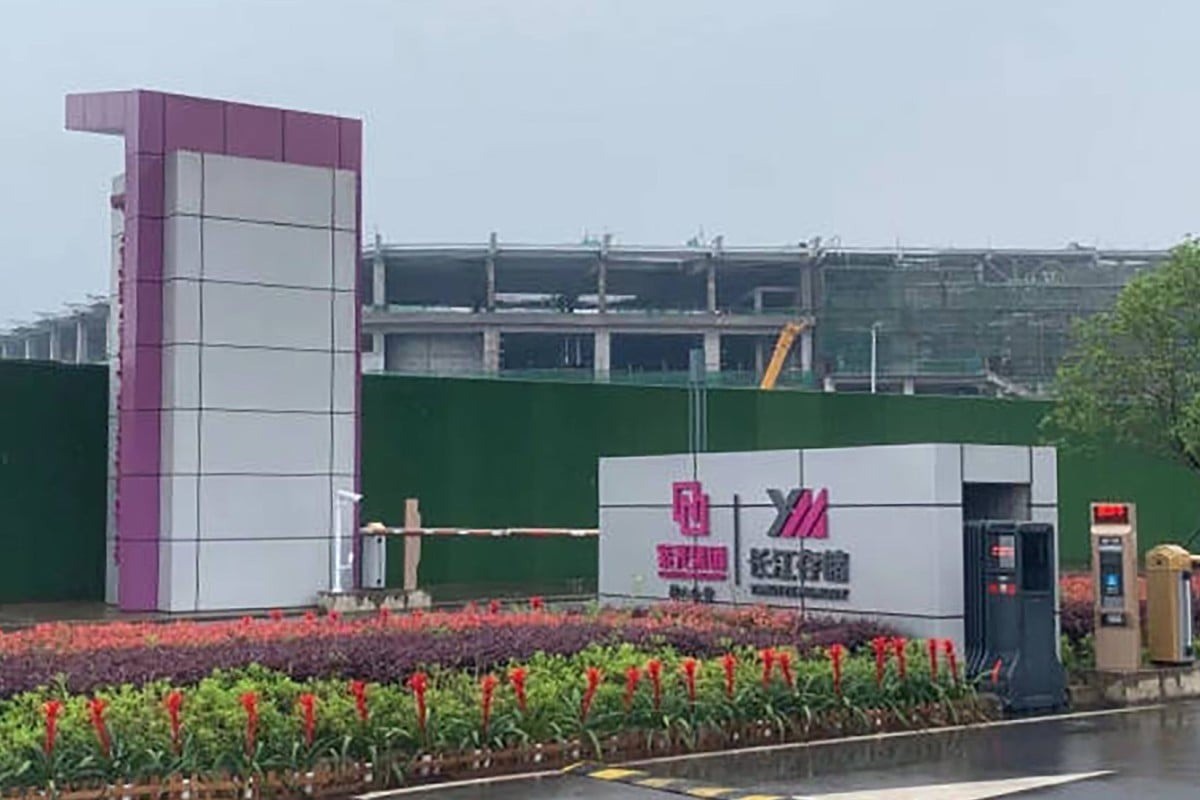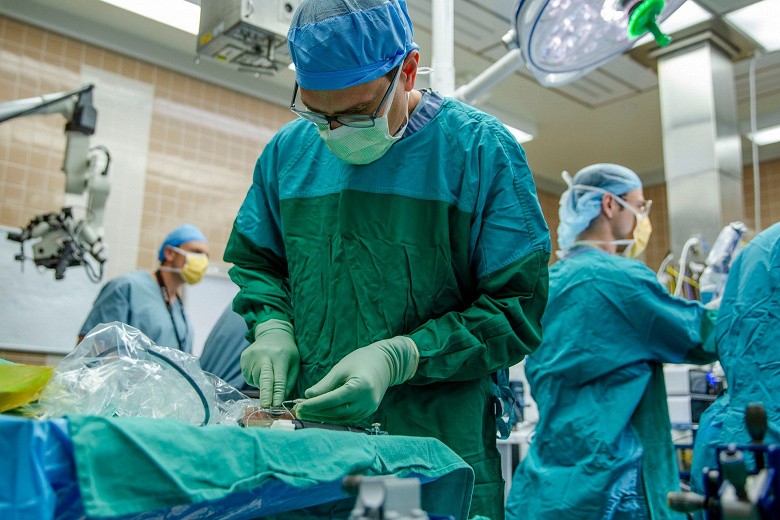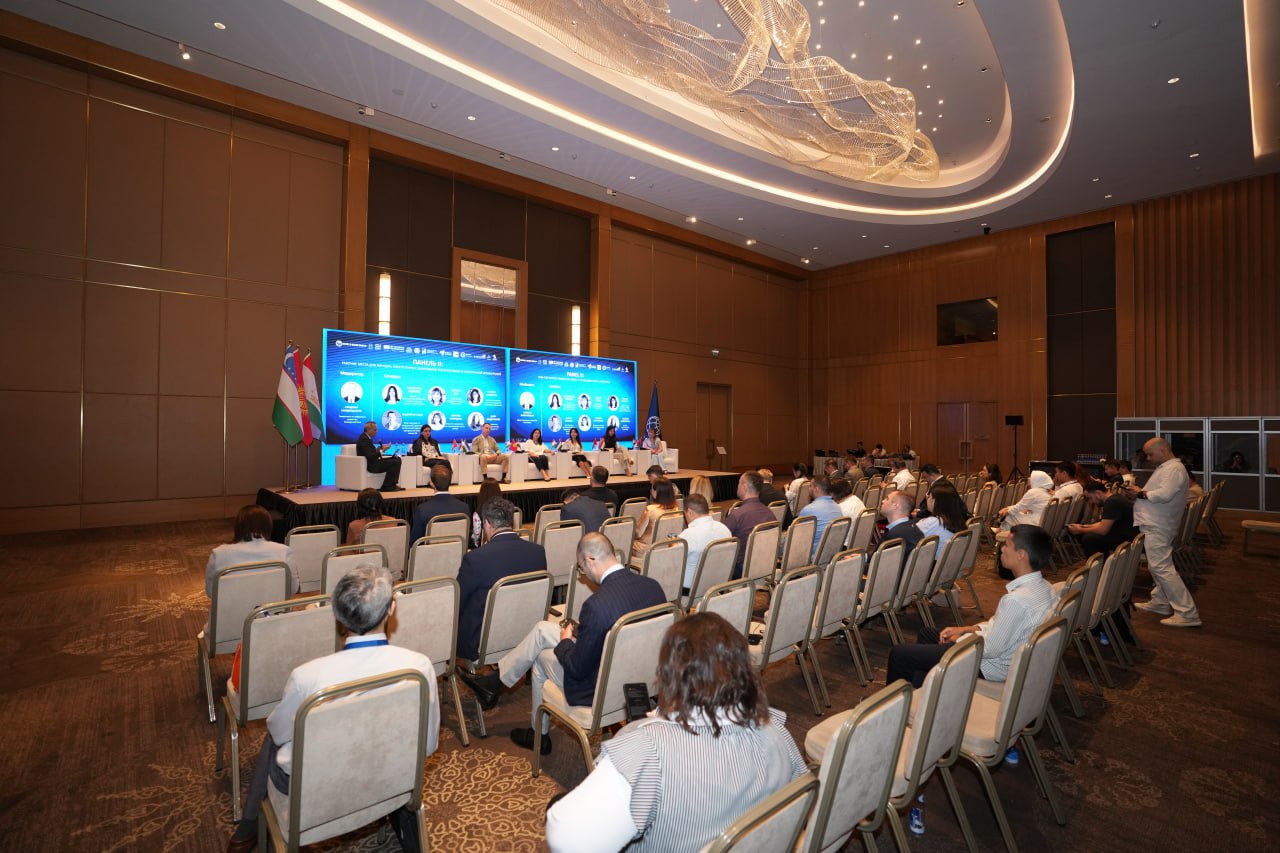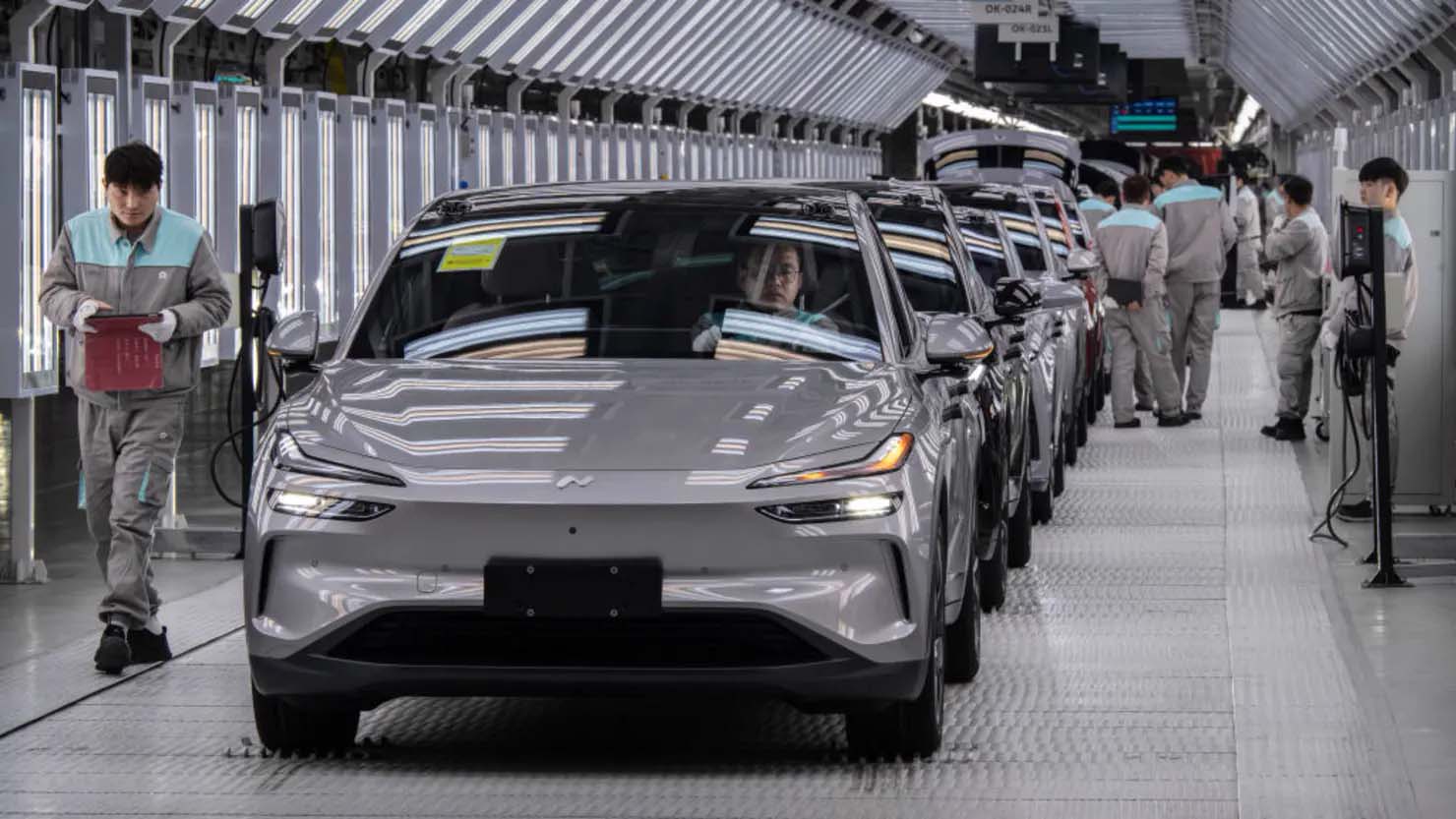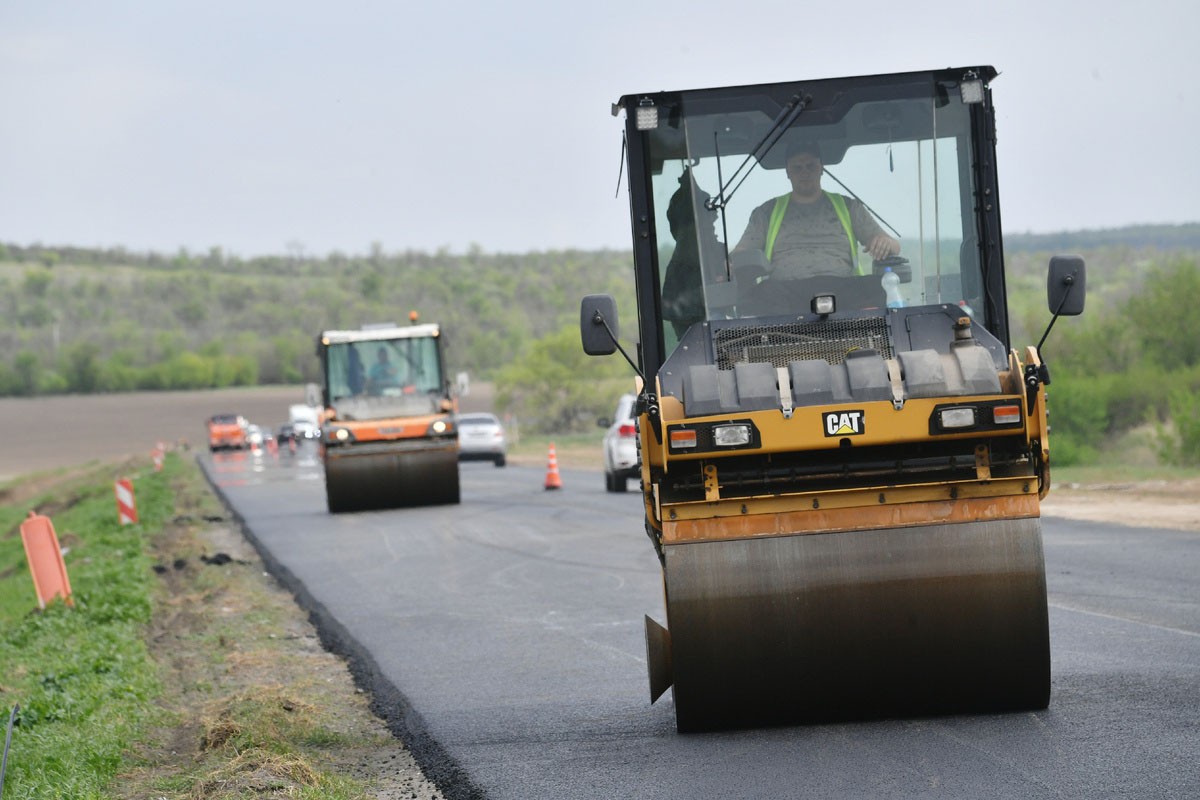A team of engineers from the Robotics and Artificial Intelligence Laboratory in South Korea has developed and successfully tested a four-legged robot capable of performing complex parkour maneuvers at high speed. The development is based on a combination of advanced mechatronics technologies, computer vision and neural network algorithms. The results of the work are published in the scientific journal Science Robotics.
Unlike traditional two-legged humanoids, the scientists chose a four-legged design to perform parkour, which provides better stability and maneuverability on rough terrain. The robot, called Raibo, demonstrates impressive skills in navigating in space and overcoming various obstacles.
Parkour, as a sport discipline, involves fast and efficient movement in a complex environment, including jumping over obstacles, climbing, maneuvering around objects and running on uneven surfaces. To successfully perform such tasks, the machine needs high precision coordination of movements, adaptability, and the ability to make instant decisions in an unstable environment.
Engineers have given Raibo a special controller that allows you to plan and track movements in real time. His work is based on a deep neural network that first went through the training stage in a simulation, and then was used to build and update maps of real terrain. The resulting maps helped the robot not only in plotting the route, but also in determining the points of support for the paws, taking into account the characteristics of the surface and the presence of obstacles.
A motion tracker integrated with video cameras and feedback sensors has become an important part of the control system. This allowed the robot to constantly adjust its actions, ensuring stability and safety even when performing sharp maneuvers.
Initial tests were conducted in a virtual environment, where developers tested the behavior of all system components. After successful simulation, the robot was transferred to real laboratory conditions. At the test site, Raibo demonstrated the ability to overcome spans up to 1.3 meters wide, push off from vertical surfaces, confidently run on a rocky track, climb stairs, overcome ramps, and also step on elevated objects and safely descend from them.
The creators of the robot emphasize that the project has not only research value, but also practical potential. In the future, such machines can be used for work in hard — to-reach or dangerous areas for humans-for example, during rescue operations, inspection of industrial facilities or exploration in disaster zones.
The work of Korean engineers demonstrates a new level of integration of AI with robotics and opens up prospects for creating mobile autonomous systems that can operate in a complex physical environment without human intervention.


